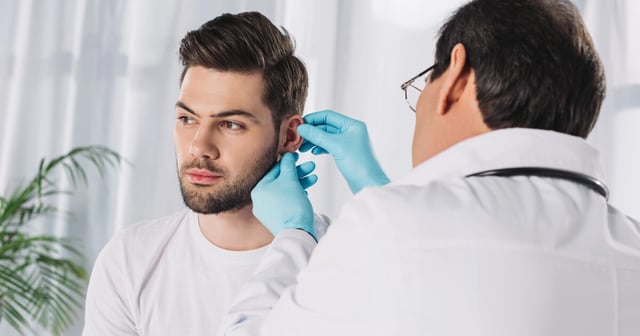Overview
- Researchers collected earwax from 209 individuals, including 108 diagnosed with Parkinson’s, and analyzed samples using gas chromatography–mass spectrometry and surface acoustic wave sensors.
- The study identified ethylbenzene, 4-ethyltoluene, pentanal and 2-pentadecyl-1,3-dioxolane as volatile organic compounds that distinguish Parkinson’s patients’ earwax.
- A convolutional neural network trained on the VOC profiles achieved 94% accuracy in differentiating Parkinson’s disease from healthy controls.
- The non-invasive earwax test offers a cost-effective, stable alternative to clinical evaluations and expensive neural imaging by minimizing environmental contamination.
- Investigators plan multicenter validation across diverse ethnic groups and biochemical analyses to confirm the tool’s generalizability and explore underlying disease mechanisms.


